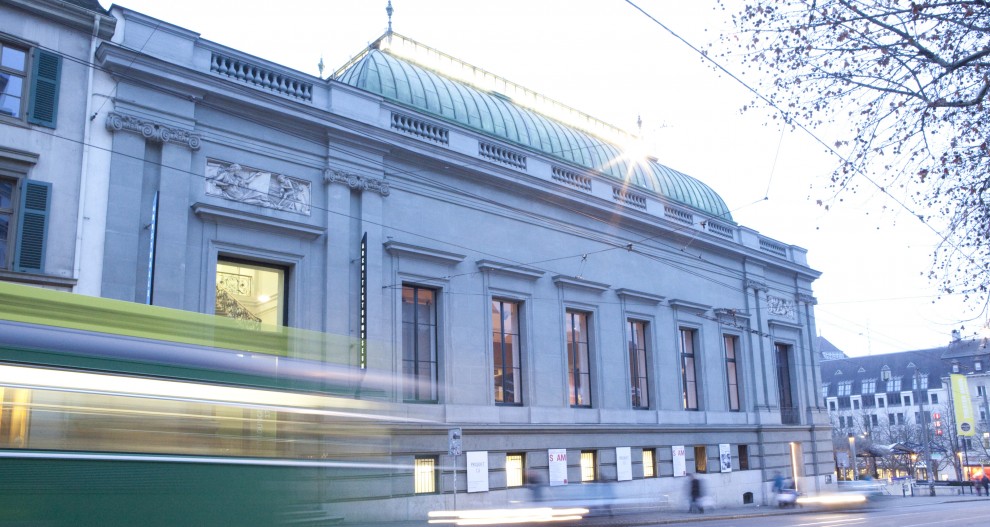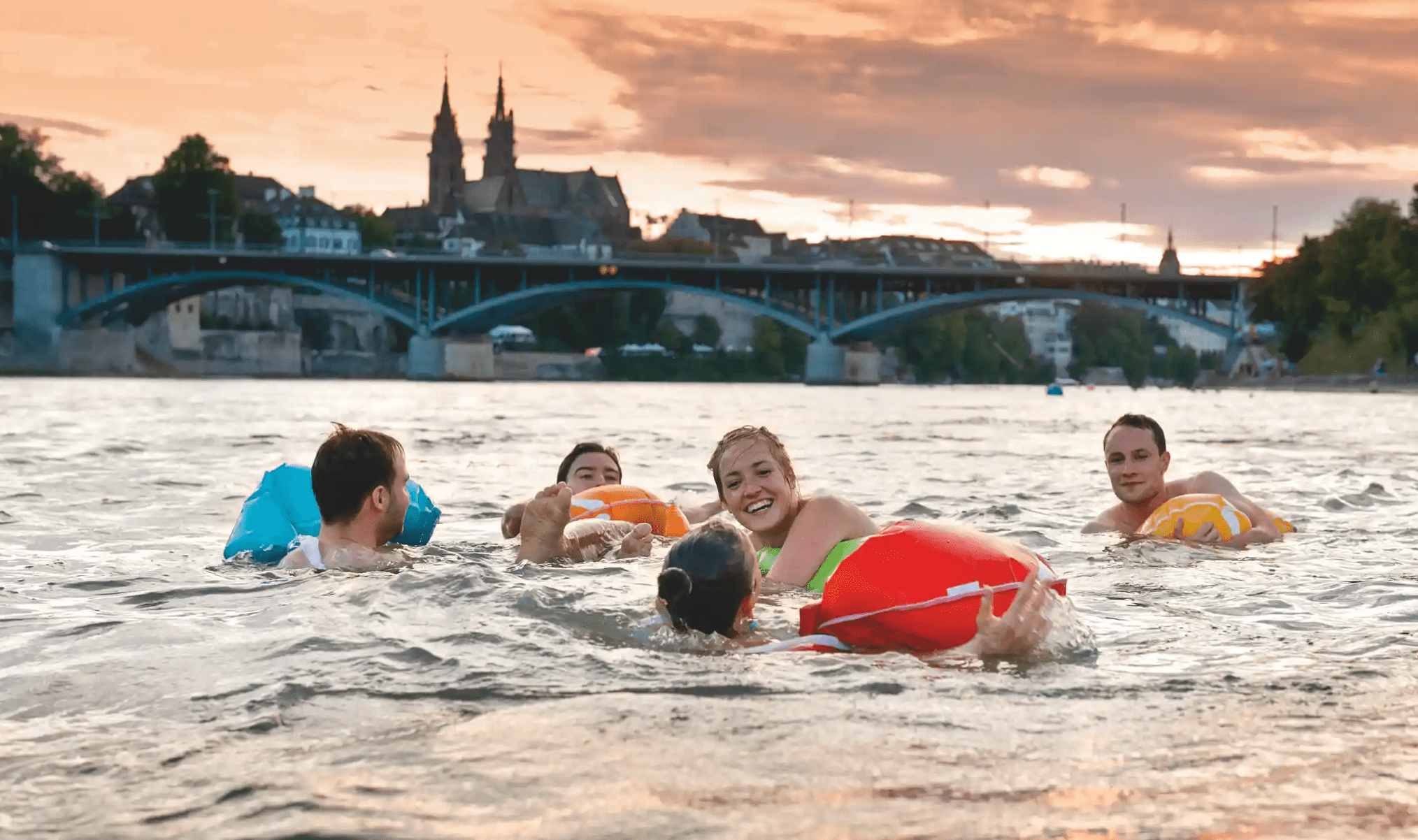Martin Hatebur and Basel, the city that made Monet’s water lilies iconic
Martin Hatebur
Dr. Martin W. Hatebur has worked since 2001 as an independent attorney advising different international clients such as the Nestlé Group of companies, Basilea Pharmaceutica AG, Basel, Flexico Sarl, Paris, Galerie Jousse-Entreprise, Paris, White Cube Gallery, London, Galerie Meyer Riegger, Berlin, etc. Martin Hatebur aslo actively collects contemporary art and is a member of different art institutions and museums worldwide. In particular, since 2008, he is the President of the Kunsthalle Basel, an active Board member of Lafayette Anticipations – Fondation d’entreprise Galeries Lafayette, Paris, an active Board member of the Art & Design Foundation, Basel, an active Board member of the Association of Swiss Collectors, Zürich, an active Board member of the Kunstgiesserei St. Gallen AG; and the President of the St. Moritz Art Film Festival.
I grew up and did my studies in Basel. Today, I live in Basel and Paris, where I work as a lawyer and pursue my roles in the art world with great joy. I love my time in Paris with many close friends, even though my roots are in Basel, where my partner and most of my family live. The two cities are only a 3-hour train ride apart, and they have and had close artistic ties in the 20th and 21st centuries. In this, Kunsthalle Basel has played a central role. One of the many fascinating stories we love to tell people is that Monet’s water lilies from the Musée de L’Orangerie in Paris were shown at Kunsthalle Basel for the first time outside France. The exhibition was a sensation, and the underrated paintings at that time became icons and from Basel they traveled to many major museums around the globe.


Regarding Art Basel and related exhibitions in the city during the fair, my obvious choices are our outstanding solo exhibitions by the Kenyan-born Michael Armitage “You, Who Are Still Alive”, and by the Mexican artist Berenice Olmedo “Hic et Nunc” at Kunsthalle Basel. There is an exquisite Brice Marden show at Kunstmuseum Basel taking up a very local topic. You can visit many younger art galleries in Basel, for example Galerie Mueller, Weiss Falk Basel, Nicolas Krupp, von Bartha, Galerie Knoell etc. Also, the book store Müller Palermo at Rebgasse is interesting. I heard rumours about a new form of exhibition called the “Basel Social Club” happening in an abandoned house on the Bruderholz, a residential area in the hills of Basel. Let‘s see what happens there. I am always interested in new forms of exhibitions.

Speaking of leisure, I will start with our own Kunsthalle Restaurant with its incredible garden. Here you sit where art history’s greatest artists once had lunch or dinner and where those that will make it into the art histories of tomorrow are still enjoying their time today. I also love to eat at Restaurant Zum Rebhaus in Kleinbasel, a new Italian place with great food and a courtyard. For a little Mediterranean feeling and good food, go visit the Restaurant Le Rhin Bleu on the balcony of the Rheinbad Breite, where you can also take a swim in the Rhein. For coffee, I recommend Café Frühling at Klybeckstrasse, for after work or late night drinks and music check out Renée Bar, close to Kaserne Basel, with an exciting concert and theatre programme.



